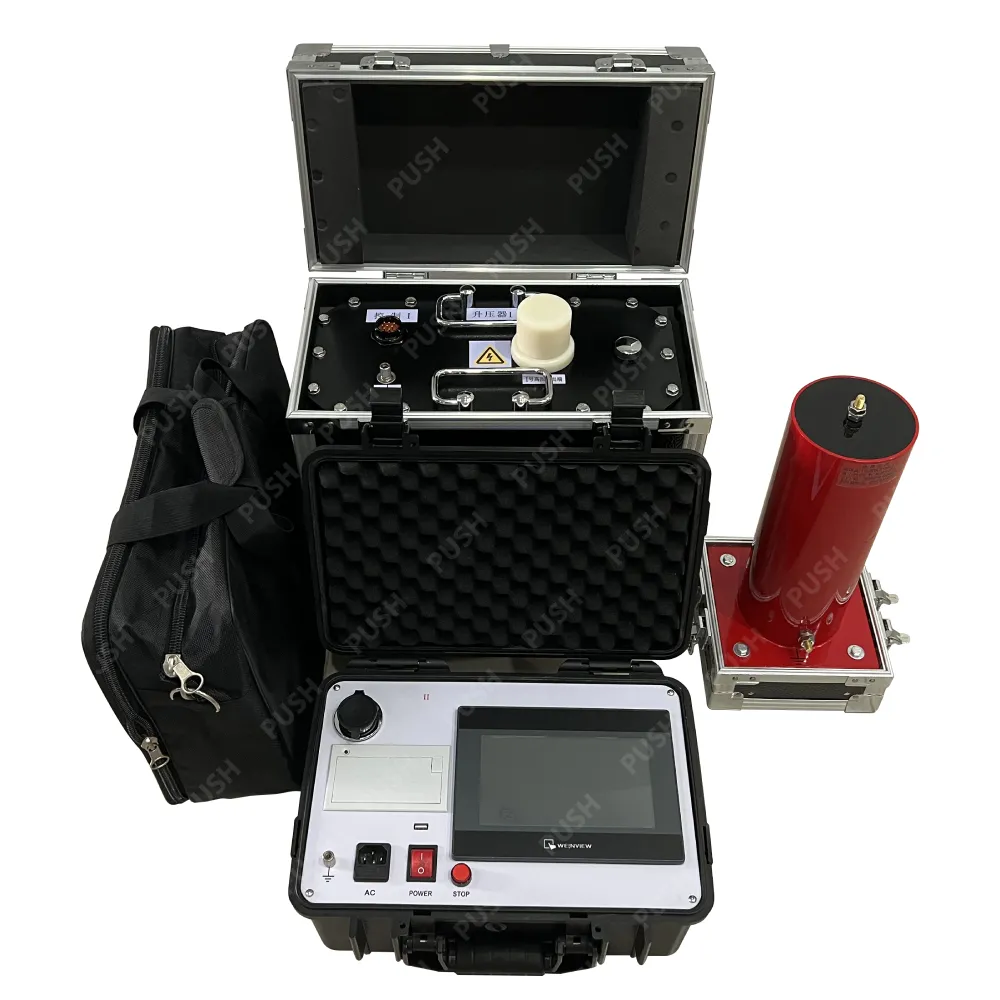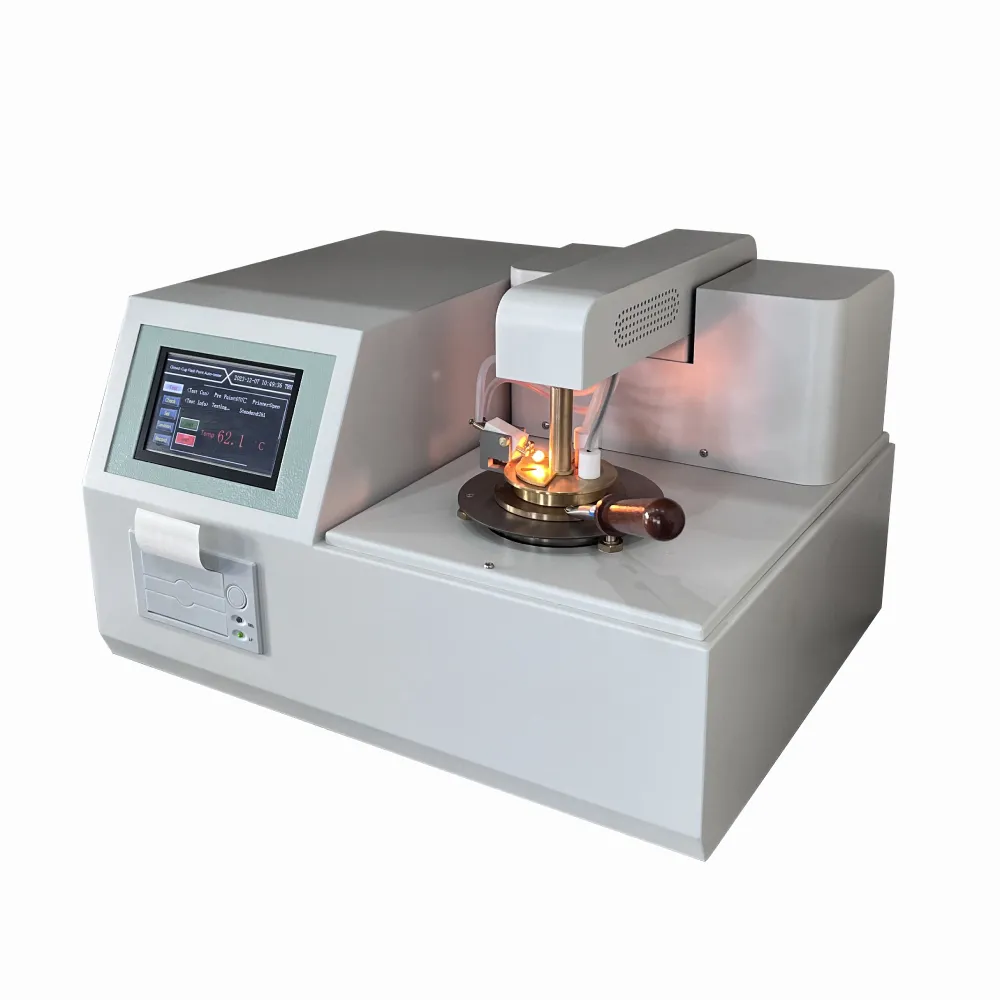TEL:
+86-0312-3189593
 English
English

Telephone:0312-3189593

Email:sales@oil-tester.com
2 月 . 14, 2025 21:13
Back to list
PS-BB101A Three-Phase Transformation Turn Ratio Tester
Testing the dielectric strength of transformer oil is a crucial procedure in maintaining the efficiency and safety of power transformers. Conducting this test correctly not only ensures operational reliability but also prolongs the life cycle of these vital pieces of equipment.
Expert handling of these tests is essential. Trained professionals should carry out the sampling and testing under standardized conditions to ensure accuracy. It’s important that the testing environment is free from dust and moisture, and that proper calibration of the testing equipment is regularly verified. Technician expertise is critical to avoid errors that could compromise the integrity of the results and, subsequently, the transformer’s performance. Consistent monitoring of transformer oil's dielectric strength can prevent costly breakdowns and extend the operational life of transformers. This ensures that utilities and businesses maintain uninterrupted power supply, optimally safeguarding critical infrastructures. Also, adhering to a systematic testing schedule supports compliance with safety and environmental regulations, exhibiting organizational accountability and responsible resource management. It is recommended to integrate the dielectric strength test of transformer oil into a broader condition-based maintenance strategy. Such an approach involves correlating test results with other diagnostic data, such as dissolved gas analysis and moisture content evaluation, providing a comprehensive picture of the transformer's health. This holistic view aids in proactive maintenance planning, optimizing operational efficiencies, reducing downtime, and minimizing maintenance costs. Ultimately, the integrity of transformer oil directly correlates with the reliability of power transformers on which so many electrical infrastructures depend. Accurate, regular testing of its dielectric strength is indispensable not only for maintaining peak performance but also for ensuring the safety and longevity of electrical systems. In an era where energy efficiency and sustainability are paramount, employing expert advice and precision in testing is invaluable, establishing a benchmark for quality and reliability across the power sector.


Expert handling of these tests is essential. Trained professionals should carry out the sampling and testing under standardized conditions to ensure accuracy. It’s important that the testing environment is free from dust and moisture, and that proper calibration of the testing equipment is regularly verified. Technician expertise is critical to avoid errors that could compromise the integrity of the results and, subsequently, the transformer’s performance. Consistent monitoring of transformer oil's dielectric strength can prevent costly breakdowns and extend the operational life of transformers. This ensures that utilities and businesses maintain uninterrupted power supply, optimally safeguarding critical infrastructures. Also, adhering to a systematic testing schedule supports compliance with safety and environmental regulations, exhibiting organizational accountability and responsible resource management. It is recommended to integrate the dielectric strength test of transformer oil into a broader condition-based maintenance strategy. Such an approach involves correlating test results with other diagnostic data, such as dissolved gas analysis and moisture content evaluation, providing a comprehensive picture of the transformer's health. This holistic view aids in proactive maintenance planning, optimizing operational efficiencies, reducing downtime, and minimizing maintenance costs. Ultimately, the integrity of transformer oil directly correlates with the reliability of power transformers on which so many electrical infrastructures depend. Accurate, regular testing of its dielectric strength is indispensable not only for maintaining peak performance but also for ensuring the safety and longevity of electrical systems. In an era where energy efficiency and sustainability are paramount, employing expert advice and precision in testing is invaluable, establishing a benchmark for quality and reliability across the power sector.
Latest news
-
Differences between open cup flash point tester and closed cup flash point testerNewsOct.31,2024
-
The Reliable Load Tap ChangerNewsOct.23,2024
-
The Essential Guide to Hipot TestersNewsOct.23,2024
-
The Digital Insulation TesterNewsOct.23,2024
-
The Best Earth Loop Impedance Tester for SaleNewsOct.23,2024
-
Tan Delta Tester--The Essential Tool for Electrical Insulation TestingNewsOct.23,2024





